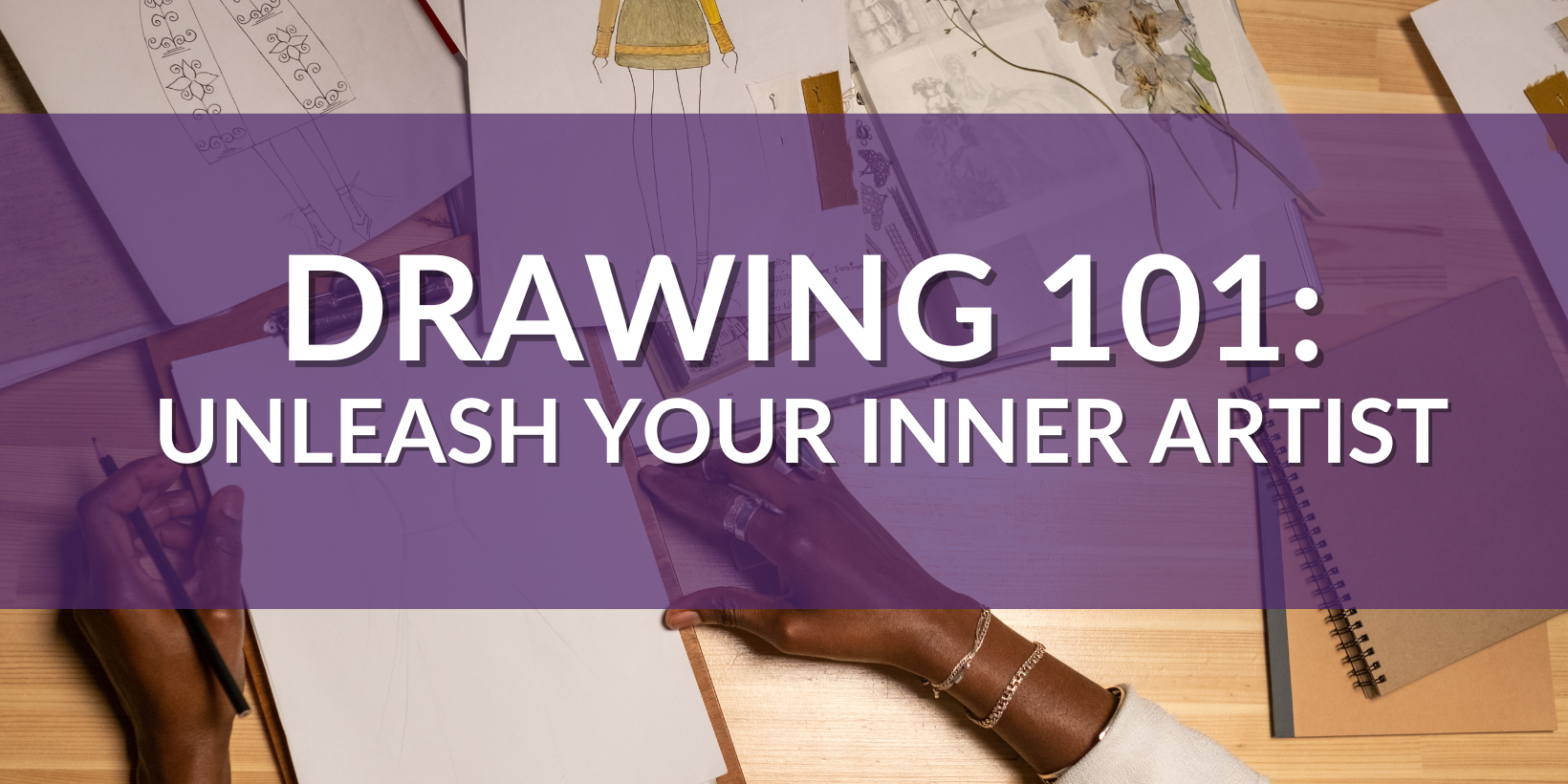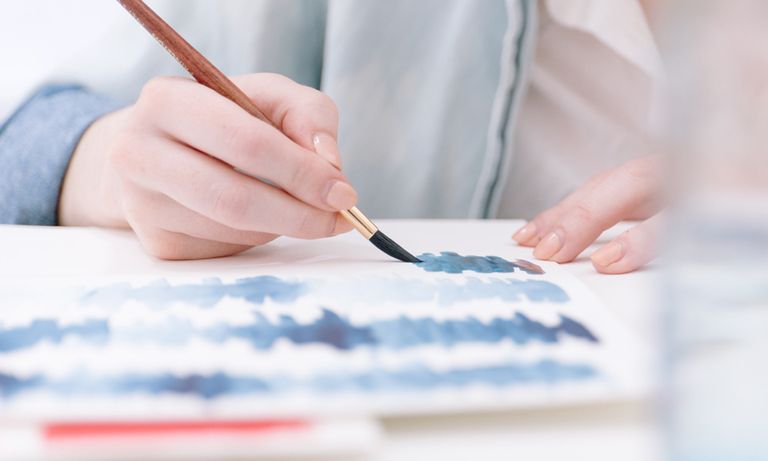In this auspicious occasion, we are delighted to delve into the intriguing topic related to Unleash Your Inner Artist: A Beginner’s Guide to Drawing. Let’s weave interesting information and offer fresh perspectives to the readers.
Introduction
Unleash Your Inner Artist: A Beginner’s Guide to Drawing

Hey there, aspiring artists! I’m your friendly neighborhood drawing teacher, here to guide you on a fun and exciting journey into the world of visual arts. Drawing is a powerful tool that allows you to express yourself, explore your creativity, and even improve your problem-solving skills.
Before we dive into the techniques, let’s talk about why drawing is so awesome:
Benefits of Drawing:
- Boosts Creativity: Drawing allows you to bring your imagination to life, transforming abstract ideas into tangible images. It encourages you to think outside the box and explore different possibilities.
- Enhances Observation Skills: Drawing requires you to pay close attention to details, shapes, and textures. This sharpens your observation skills, making you more aware of your surroundings.
- Improves Hand-Eye Coordination: The act of drawing involves coordinating your hand movements with your vision, improving your dexterity and control.
- Develops Problem-Solving Abilities: When you draw, you constantly face challenges like creating realistic proportions, adding depth, and finding the right composition. This helps you develop critical thinking and problem-solving skills.
- Offers Relaxation and Stress Relief: Drawing can be a meditative activity, allowing you to focus on the present moment and let go of stress. It’s a great way to unwind and express your emotions.


Getting Started with Drawing:
Now, let’s get our hands dirty! We’ll start with the basics, focusing on the tools and techniques that will help you create your first masterpiece.
1. Essential Drawing Tools:
- Pencils: Pencils are the most versatile drawing tools. They come in various grades, from hard (H) to soft (B), each offering a different level of darkness and texture. Start with a set of 2H, HB, and 2B pencils for a good range.
- Paper: Choose a smooth, white paper for beginners. Drawing paper, sketchbooks, and even printer paper will work.
- Eraser: A good eraser is essential for correcting mistakes and creating highlights.
- Sharpener: Keeping your pencils sharp is crucial for precise lines and details.

2. Basic Drawing Techniques:

- Line Drawing: Start with simple lines to create shapes and outlines. Practice drawing straight lines, curved lines, and different types of strokes.
- Shading: Use hatching, cross-hatching, and blending techniques to create depth and dimension in your drawings.
- Perspective: Learn the basics of perspective to create realistic depth and distance in your drawings.
- Composition: Experiment with different arrangements of objects in your drawings to create visually appealing compositions.

3. Practice Makes Perfect:
The key to improving your drawing skills is consistent practice. Start with simple objects like fruits, vegetables, or everyday items. Gradually challenge yourself with more complex subjects as you gain confidence.
4. Don’t Be Afraid to Experiment:
Drawing is all about exploring and having fun. Try different techniques, experiment with different mediums, and don’t be afraid to make mistakes. Every mistake is a learning opportunity.
5. Seek Inspiration:
Look at art books, online galleries, and nature for inspiration. Observe how other artists use lines, shapes, and colors to create their masterpieces.
FAQs:
1. What kind of pencil should I use for beginners?
A good starting point is a set of 2H, HB, and 2B pencils. The 2H pencil is hard and produces light lines, perfect for sketching and outlining. The HB pencil is a medium-grade pencil suitable for general drawing. The 2B pencil is soft and produces dark lines, ideal for shading and adding depth.
2. How can I improve my hand-eye coordination?
Practice drawing simple shapes like circles, squares, and triangles. Focus on making smooth, controlled lines. You can also try tracing images or copying simple drawings to improve your hand-eye coordination.
3. What are some good resources for learning drawing?
There are many great resources available online and in libraries. Check out websites like Skillshare, Udemy, and YouTube for drawing tutorials. You can also find helpful books on drawing techniques and anatomy.
4. What are some tips for drawing realistically?
Observe your subject carefully, paying attention to its proportions, shadows, and highlights. Break down complex shapes into simpler forms and use shading techniques to create depth and volume.
5. How can I overcome the fear of making mistakes?
Remember that mistakes are part of the learning process. Don’t be afraid to experiment and try new things. Embrace your mistakes as opportunities to learn and grow.
Remember: Drawing is a journey, not a destination. Be patient with yourself, enjoy the process, and never stop exploring your creativity!

Thus, we hope this article has provided valuable insights into Downloads Unleash Your Inner Artist: A Beginner’s Guide to Drawing. We appreciate your attention to our article. See you in our next article!
 apapunada.my.id News Bisnis Technology Tutorial
apapunada.my.id News Bisnis Technology Tutorial